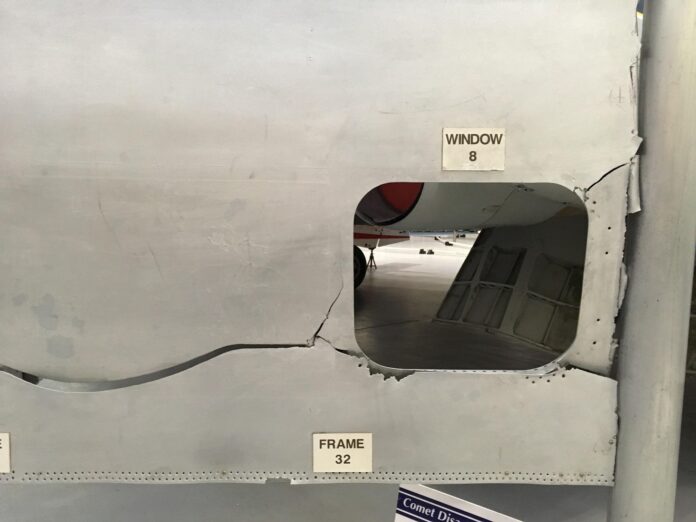The safety and reliability of aircraft hinge upon meticulous engineering, particularly in the realm of stress analysis. Aircraft structures endure a myriad of forces during flight, and stress analysis serves as the bedrock of ensuring these structures can withstand these loads without compromising safety. This critical engineering discipline involves complex calculations and simulations to evaluate the integrity of aircraft components under various conditions.
At the heart of stress analysis lies the assessment of how different forces and loads affect aircraft structures. From aerodynamic forces during flight to ground operations and turbulence, aircraft encounter diverse loads that exert pressure on their components. Stress analysts meticulously study these forces, predicting and assessing their impact on materials and structural elements to ensure they operate within safe limits.
Finite Element Analysis (FEA) stands as a cornerstone of stress analysis in aircraft structures. This computational method dissects complex structures into smaller, more manageable elements, enabling engineers to simulate and analyze how loads are distributed and how materials respond to stress. FEA aids in identifying potential weak points or areas prone to excessive strain, allowing for refinement and optimization of structural designs.
Stress analysts employ a variety of load scenarios in their assessments. Static loads, such as those experienced during steady flight or while an aircraft is parked, provide insights into how structures withstand constant forces. Dynamic loads, including turbulence or sudden maneuvers, simulate real-world conditions to evaluate how aircraft components respond to abrupt changes in forces.
Fatigue analysis is a crucial aspect of stress analysis, especially for components subjected to repetitive loading. Aircraft structures endure countless cycles of stress during their operational lifespan. Fatigue analysis predicts how materials will respond to these repeated loads, ensuring that structural integrity is maintained over time, minimizing the risk of fatigue-related failures.
Materials used in aircraft structures undergo rigorous testing and characterization to aid stress analysts in their assessments. Understanding material properties, such as yield strength, ultimate tensile strength, and fatigue limits, is essential in accurately predicting how materials will behave under different loads. This knowledge guides engineers in selecting materials that meet safety standards while optimizing weight and performance.
Stress analysis is not confined to the design phase; it extends throughout an aircraft’s lifecycle. Regular inspections, non-destructive testing, and structural health monitoring systems play a crucial role in assessing the ongoing integrity of aircraft structures. These measures allow for early detection of potential issues, ensuring timely maintenance and repairs to uphold safety standards.
The integration of advanced sensors and monitoring systems enables real-time stress analysis during flight. Strain gauges, accelerometers, and other sensing technologies provide continuous data on how loads and forces are affecting critical components. This data aids in assessing structural health, allowing for immediate adjustments or precautionary measures if stress levels approach critical thresholds.
Safety margins and factor of safety calculations are intrinsic to stress analysis. Engineers apply safety margins to account for uncertainties in load predictions and material properties. The factor of safety ensures that structures are designed to withstand loads well beyond their expected operational limits, providing an extra layer of assurance against unexpected stress or variations in operating conditions.
Stress analysis doesn’t just focus on the main structural components; it extends to every element within an aircraft. From wings to fuselage, landing gear to engine mounts, stress analysts meticulously evaluate and validate the structural integrity of each component. Even seemingly minor elements contribute to the overall safety and reliability of an aircraft.
The collaboration between stress analysts, design engineers, and manufacturers is fundamental in ensuring the success of stress analysis in aircraft structures. Their collective expertise, coupled with advancements in simulation technologies and materials science, continues to drive innovation and improvement in aircraft design, enhancing safety and reliability in aviation.
The relentless pursuit of safety and reliability in aircraft structures remains an ongoing endeavor. As technology advances and new materials emerge, stress analysis evolves, enabling engineers to push the boundaries of design and safety, ensuring that aircraft continue to soar through the skies with unwavering confidence and security.
























